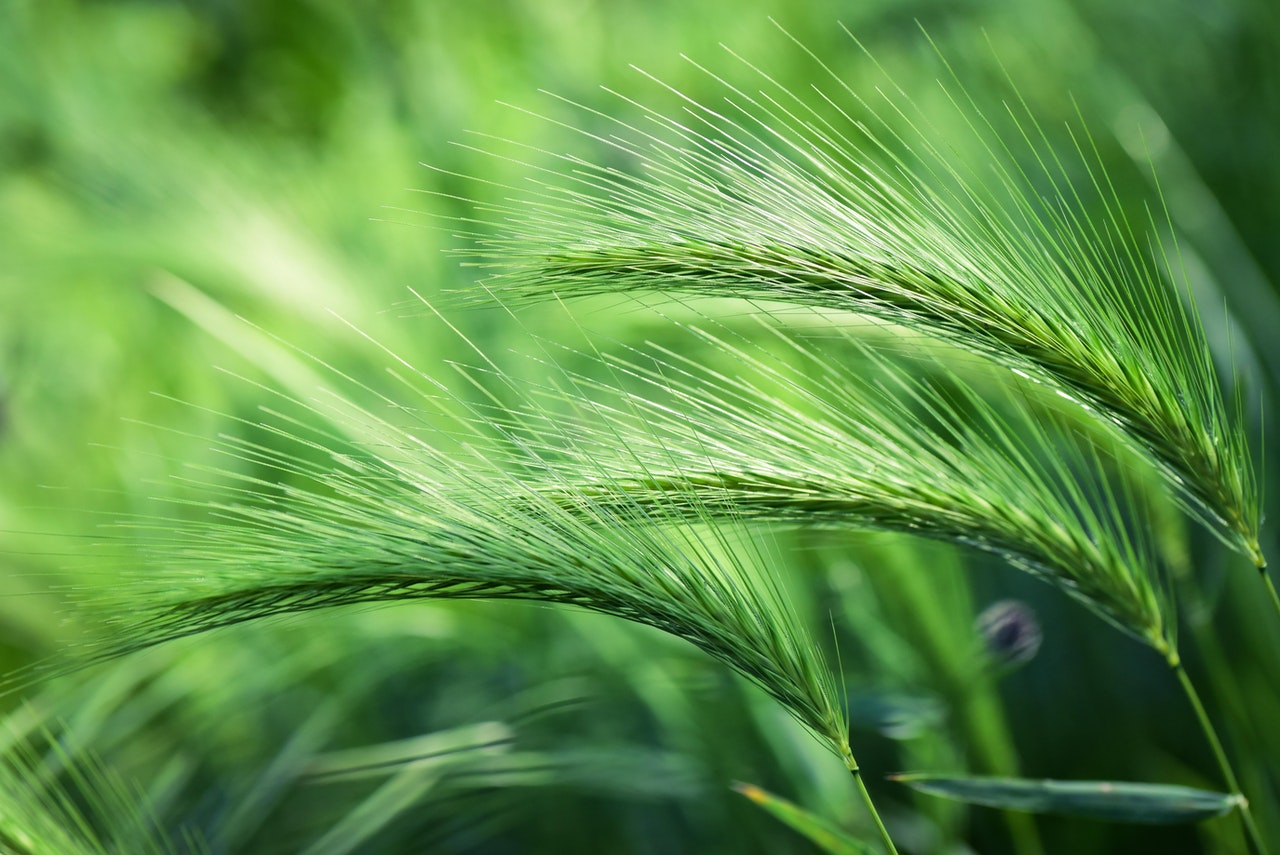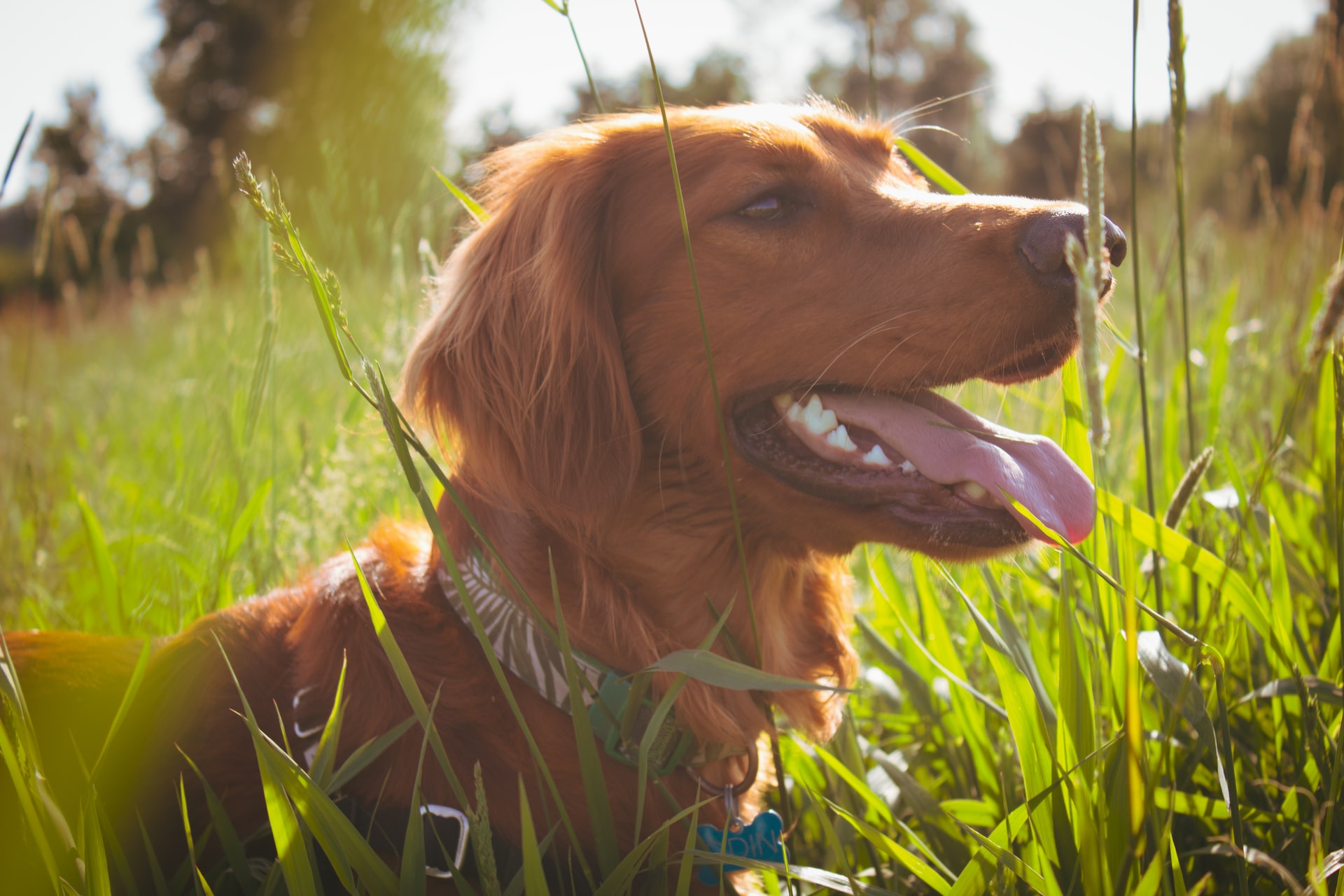Summer is just around the corner and we can finally make the most of sunny days while enjoying outdoor activities with our dogs. Doesn’t it sound great? Absolutely.
It’s not always all fun and games, though. Unfortunately, some things might get in your way and turn a fun day out into drama for your furry best friend. Heatwaves are not the only enemy when it comes to summer hazards; foxtails are just as dangerous and can lead to serious consequences if not treated straight away.
Keep reading to discover more about foxtails and how to spot them.
Foxtails: what are they and how can they affect our dog?

A foxtail is a weed characterised by a barbed structure. It is composed of small barb-like seeds that, when dried, fall from the stalks and spread really easily. You will most likely find them on hiking trails and open fields, but they might well grow in parks and gardens too.
At this point, you might be asking yourself how it is possible for this tiny seed to seriously harm your furry friend. Here is the answer: foxtails get caught in your dog’s fur and burrow their way into almost all parts of a dog’s body – from the skin to their eyes, nose, mouth, ears and of course paws. They can lead to severe consequences for dogs as, once they have reached any inside parts, foxtails cause infections and abscesses. In the worst-case scenario, they can even migrate into muscles. Therefore it is extremely important to act immediately and remove them as soon as possible.
Signs that might indicate the presence of a foxtail:
The truth is that it can be quite tricky to understand whether or not your dog has a foxtail, but there are some signs that you should always pay attention to:
- Eyes: you might notice tearing eyes and mucous discharge.
- Nose: your dog is sneezing, and/or bleeding from his/her nostril.
- Mouth: excessive coughing, swallowing repeatedly.
- Ears: your dog is shaking his/her head and crying. Note that it might be difficult to spot a foxtail once it has gone deep in the ear.
- Paws: you will start noticing that your dog continuously chews at their paw or licks between the toes. If you see an abscess, unfortunately, the foxtail has already made its way inside your friend’s paw.
Sometimes similar symptoms can appear even though the problem is not caused by a foxtail. Nevertheless, knowing that this is a widespread and common hazard in the summer, we do recommend bringing your dog to the vet for a check-up if you notice any of these signs.
What vets recommend:
It is vital to remove any foxtails from your garden or the area where your dog usually spends time off-leash.
Do keep an eye out for foxtails during walks and try to keep your dog away from them. Keeping a short lead when walking your dog is definitely a plus, as it helps you have the situation under control.
Most importantly, do check your dog after every walk or outdoor play. Comb carefully and inspect fur, ears, eyes, nose and paws, especially in the space between the toes.
What to do if you spot a foxtail:

It can happen that, while inspecting your dog after a walk, you spot a foxtail. In this case, first of all, you need to assess whether or not the foxtail is still superficial.
You might spot one on your dog’s fur, for example. You can then proceed to remove it with your hands or with the help of tweezers if you want to be even more careful. Make sure that none of the foxtail parts is left behind.
Alternatively, if it has already penetrated the skin, or in the case of the ear you see that the foxtail is already deep inside, it is best to bring your furry friend to the vet immediately. The quicker the foxtail is removed, the better. It is important that you do not do it yourself at home, as the foxtail can break into pieces and some parts may be left inside.
Using this information with a dog walker:
Gudog dog walkers typically plan several walking routes in their area that they know are dog friendly. However, we always recommend speaking with your sitter before any walk to confirm the route and that all necessary accessories are provided (water, leashes, poo bags etc), as well as your pet’s typical exercise regime, any medicines they take or any allergies they may have, this can include any seasonal concerns, such as foxtails.
What is Gudog?
Gudog is the easiest way to find & book the perfect dog Sitter. Thousands of loving Sitters are ready to care for your dog like family! All bookings come with Veterinary Care & Free Cancellation.



